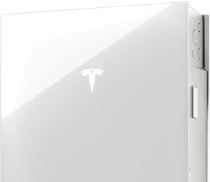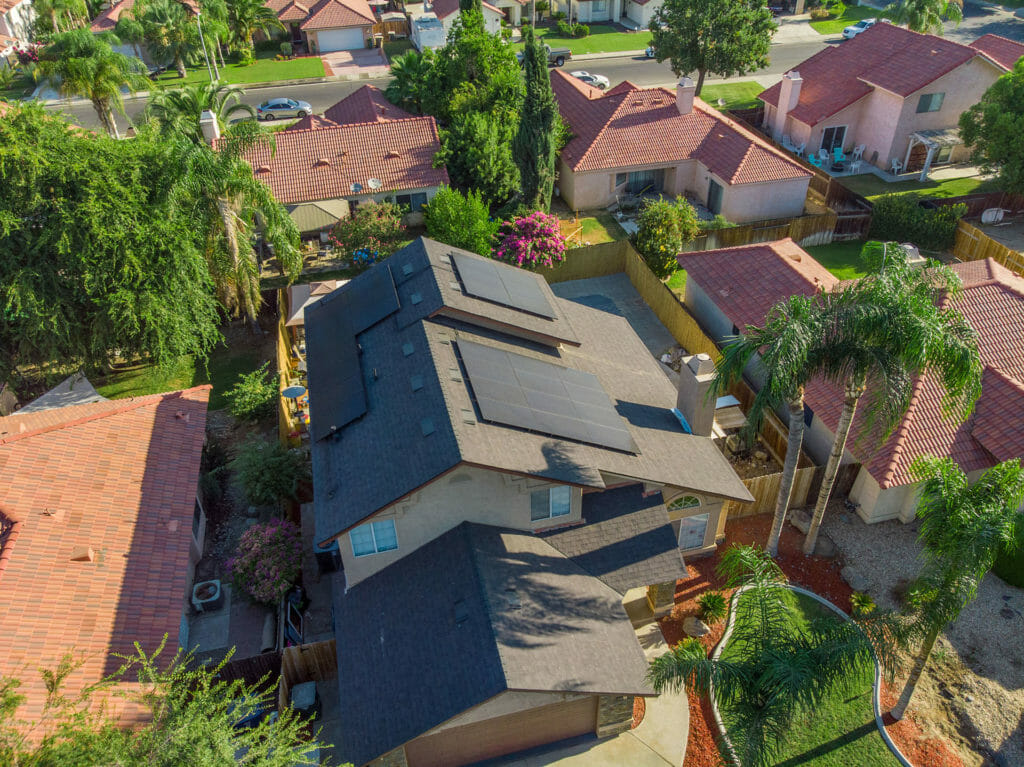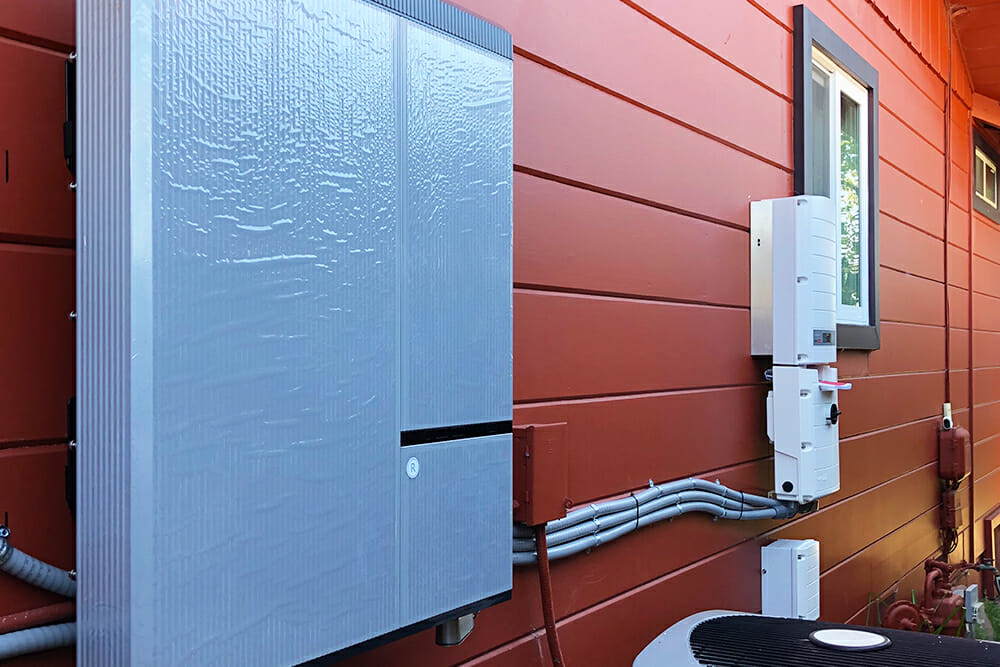In 2018, the California Energy Commission (CEC) voted for and approved a new mandate requiring most new build single-family homes and low-rise multifamily residences to have rooftop solar installed during construction. The policy went into effect on January 1st, 2020.
Despite estimates that home prices will increase due to the mandate—anywhere from $8,000 to $18,000—the CEC’s unanimous decision is one of many green policies enacted in the Golden State in recent years. While homebuyers might be in for some sticker shock, it’s not much of a surprise that California policymakers went ahead with the proposal: the state is blanketed in sun year round and leads the country when it comes to the number of solar systems installed.
What does this mean for homebuyers and developers? Will new build homes really cost more with solar?
Homebuilders are required to pay for the cost of new solar panels systems—which means the cost will get passed on to the buyer.
When it comes to the price of a new build home with solar, you can think of a solar system like you think of granite countertops: both are neat features that come at price. But unlike the countertops found in new builds—which you might be able to decide against in favor of a cheaper alternative, reducing the overall price—you can’t decide against solar. Installing solar is an added expense for the builder that they will tack on the home when it goes to market.
Consider how much you stand to save with solar before deciding a new build is not worth it.
While the upfront cost of a new build home with solar is more expensive than a comparable home without solar, there is a good chance that you save big in the long run. Solar-sourced electricity is now cheaper than ever before and is projected to get cheaper as the country increases its reliance on renewable energy. Solar pays for itself thanks to the reduction in monthly energy costs, and you can realize significant savings if you plan to live in the home for the long term. Here is something else you’ll like: recent studies have found that houses with solar sell for more money than houses without solar, making your investment in a new build look even better.
However, there is a caveat to all this: if the solar system is not large enough to meet your energy demand, you won’t see much of a reduction in monthly energy costs, so your potential for long-term savings just isn’t the same. And the studies referenced above? They found that a home’s price bump was tied to how large the solar system was—the larger the system, the larger the price bump.
According to the mandate, developers must equip new builds with solar systems large enough to meet the annual electricity usage of the home. But this does not mean that two identical homes will have similarly sized solar power systems. It can be difficult to calculate the right size solar system, especially if a builder just approximates the annual electricity usage based on home size, rather than accounting for location, insulation, shade, and so on. Electricity usage can vary significantly from household to household, meaning there is a chance that the system on your new build home won’t be large enough to meet your energy needs.
You can save money in the long term if your solar system is large enough to cover your energy needs. But if the solar system does not come with enough power, you’ll either have to add more panels (which will cost you more money upfront), or live with higher monthly energy costs. If you’re looking at buying a newly built home, you’ll want to check on the size of the system and then do your homework.
If you buy a new build home without natural gas service, be prepared for a high energy bill.
Currently, it’s not feasible to power an entire home using only solar power. But if you buy a home without natural gas service, then your home’s furnace and oven—both of which are highly energy intensive—will be electrically powered, significantly increasing your electricity consumption. If you want to reduce your energy costs, buy a home with natural gas service, as natural gas appliances are cheaper to run than similar electrically powered appliances. Most energy experts suggest the most cost effective way to power your home is with a mix of energy sources.
If you buy a new build home without natural gas service, you’ll want to consider the feasibility of starting gas service. You might also consider installing additional solar panels and a solar battery storage system, but that might not be possible due to lack of available space.
Bear in mind that not every new build home on the market will come with solar.
CEC’s mandate went into effect on January 1st, 2020. New home builds for which plans were submitted prior to January 1st, 2020 were not subject to the solar mandate. Keep that mind as you shop around. You might encounter new build homes without solar, but that will become increasingly rare as time goes on.
As you shop around for a new home, you may occasionally be disappointed at prices that are a bit steeper than what you had expected. However, the right size solar system can save you a lot of money in the long run with lower monthly energy bills. Be sure to factor those savings into your budgeting when making a home-buying decision.





